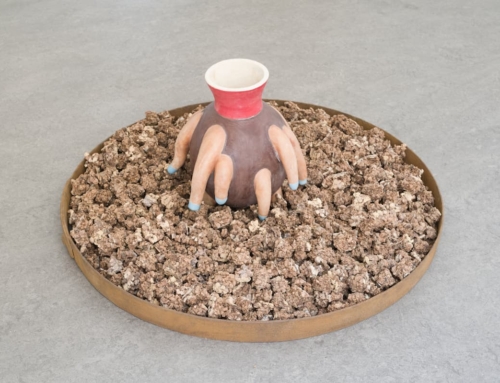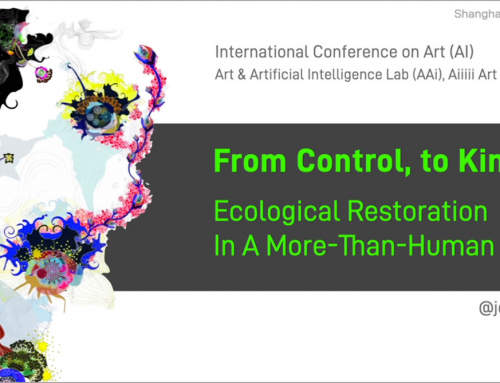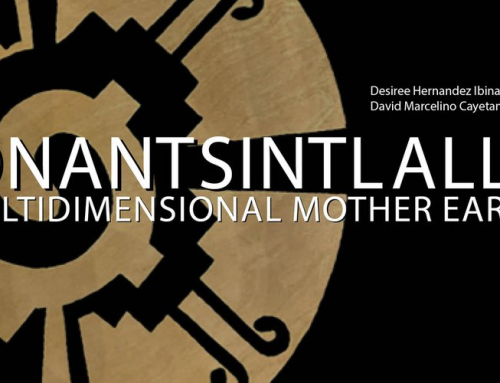The image above is a Piezzoelectric skin that could be attached to vertical surfaces on buildings.The skin would generate electricity as wind moved across its tiny hairs. Wind Skin, as the project is called, so enchanted jurors at last week’s EDF Sustainable Design Challenge that it was selected as one of six winners that will be exhibited at the London Olympics next year.
Wind Skin does not yet exist. But according to the three French students who designed the system – Jérémy Gaudibert, Antoine Giret and Marion Jestin – the technology is not far from being available. A quick check on Google by this juror unearthed 264,000 entries on piezoelectric energy harvesting – and the fact that a 412 page book onPiezoelectric Energy Harvesting was published in April.
That said, a host of other questions remained unanswered by the judging process. How far is the technology from being usable in this way? How does this technology compare with other emerging energy solutions? What would be the energy return be relative to the energy invested in its manufacture and use – its EROEI? What business model would enable it to be deployed? What could go wrong?
The fact that Windskin was such an evocative idea, and yet left these questions unresolved, crystallized a concern about design competitions: as most of them are conceived and run, they achieve only a fraction of their potential.
My EDF experience was not a one-off. This article is informed by the writer’s experiences as a juror on a series of design competitions in recent times. These included: the 2010 Buckminster Fuller Challenge [which I wrote about here here and here. In addition to the EDF Sustainable Design Challenge mentioned above, the writer was a juror on India Future of Change, the Papanek Foundation’s Social Design Award, and the Royal Society of Art’s Design Directions
It’s been an enjoyable privilege to serve on the jury of these sustainability competitions – and I do so with pleasure because their potential is tremendous. They can stimulate fresh thinking on intractable challenges. They can pose new questions, explore new solutions and start new conversations. They can bring positive energy to bear on situations that are otherwise bogged down in endless talk. They can foster connections between people and projects that would not otherwise meet each other. Above all, design and sustainability challenges can yield such evocative “preferred states” that diverse groups can be motivated to try and make those outcomes actually happen.
Can – but for the most part, don’t.
So why is their potential missed so often? Here are some of the problems:
1. Competitions are too often staged for wrong or unclear reasons. Some competitions are staged to furnish an exhibition with exhibits, or a book with content. Or they are run and paid for as marketing projects whose aim is to make the sponsor appear innovative. When these objectives take precedence, the potential of a competition to make a serious impact is diminished.
2. In too many competitions innovation, by itself, is the main requirement. But innovation is not, of itself, virtuous. The carbon economy is the result of innovation. The financial crisis is the consequence of innovation. The parlous condition of global food systems is the result of innovation. Last year, a new product was launched somewhere in the world every three minutes. They too were the result of innovation – but the vast majority involved the inefficient use of energy, water, and natural resources.
3. Design competitions usually present us with novelty – but not with the means to assess it. Each group of finalists is added to a growing cacophony of contradictory ideas and solutions. Simply adding to that flow of ideas, without also proposing new ways to select among them, does not take us forward.
4. A focus on neat ‘solutions’ detaches competitions from reality. We face an array of wicked problems that are simultaneously complex, uncertain, and urgent. We must learn how to adapt to unpredictable discontinuities rather than cling, dangerously, to business as usual. Static design solutions are not a good preparation for that. A single-vision, top down approach to design – especially when it based on a project-only business model – simply does not work in the face of so much uncertainty.
5. Attention is usually focused on the thing rather than on person or team behind the thing.
6. Competitions too rarely insist that entrants scout the world for situations where the question has already been addressed – whatever the question may be. As a result, they too often end up re-inventing wheels.
7. Many ‘competitions’ and ‘challenges’ are better described as awards for past achievements. The ‘send in your best work’ model is helpful for designers, especially students, seeking recognition and feedback. It is also, for the bigger events, a lucrative business when all those entry fees are added up. But an award for great work is not at all the same thing as recognition for an intelligent exploration of a new question.
8. The linear design challenge format – publish a Call; judge the entries; announce a winner – perpetuates the myth that complex, multi-faceted challenges can be met by of a one-off ‘solution’.
9. Many entries avoid that problem only by being ‘solutions’ to non-existing problems.
10. There is seldom enough time in the judging process to assess entries adequately. In one extreme case this year, we judges were asked to select the winner of an international competition, from 50 heterogeneous finalists, in a single two hour meeting. Even when they have more time, juries rarely contain the right range of expertise properly to evaluate claims made by entries.
] Ten ways to make them better
Most if these problems are the result of bad habits, not bad intentions. And to repeat, it’s because design challenges have such an important role in the transition to sustainability that it’s worth improving them, radically. In that spirit, here are ten suggestions of ways to make them better:
1. Make a clear separation between Awards, on the one hand, and competitions and challenges on the other. If designers want to give each other awards and prizes, fine. But activities outside the tent should operate according to different principles.
2. Design the desired outcomes of the competition first. The focus should ideally be on posing new questions, connecting people to new people, and helping them learn from each other’s other experience.
Exhibits, books, winners and ceremonies are a means to an end, not the end itself.
3. Focus on the discovery of new and meaningful questions to do with with daily life issues – not on pre-cooked solutions. The most valuable outcome is a question that excites people, that is meaningful, and that becomes a shared focus for a wider variety of people to join the conversation.
4. Focus on ‘wicked’ challenges. Rather than solicit fully-formed design objects or ‘visions’, ask entrants to create platforms and contexts in which diverse groups of people may co-design the systems, institutions and processes that shape our daily lives.
5. Focus on tools more than on messages and solutions. These can be tools for perceiving, seeing, understanding, conversing. They can be tools for sharing and organising and exchanging. And yes, they can be tools for making things; [the carrying capacity of the biosphere is not limitless, but neither is it zero].
6. Get real: Insist on external partners and a live context. The identification of individuals and groups who are already out there, and active, is a key part of the value competitions can create. One way to do this is by posing three questions upfront: ‘what might life in a sustainable world be like?’; ‘who, out there, is already experimenting?’ and third, ‘how can design help us get there?’. Reassure participants that incremental improvements to an existing reality will be taken just as seriously as blue-sky scenarios.
7. Provide communication support throughout the process. Make writers, filmers, and storytellers available to the programme as a whole. This will ensure that the most important outcomes – meaningful new conversations – are well prepared. It follows from this that PR or corporate communications will support, but not own, such competitions.
8. Ensure that there is adequate time, expertise and resources for entries to be evaluated. Entrants should be required to provide independent evidence to support their claim, and the jury process should have its own capability to interrogate those claims.
9. Make the judging public. Various formats are possible – from a court-room trial, or Pecha Kucha, to Dragon’s Den. The key point is to expose as many people as feasible to the content of jury deliberations. The deliverable, here, is the capability of more people critically to interrogate the propositions of experts and specialists.
10. Provide ongoing stewardship for the community of participants, experts, judges and sponsors that a competition brings together. This connecting is itself a form of innovation. It should not stop with a winners’ ceremony.
Yes, most of these recommendations will entail considerably more work and resources, than are typically available. They accompany suggestions in a similar vein made about next-generation biennials, regional museums and, especially, design schools, to whom I proposed a three step plan to connect design schools with the green economy
Some resources, in existing competitions, can be released by simplifying award ceremonies and publications. But my other advice would be: do it properly or don’t do it.





